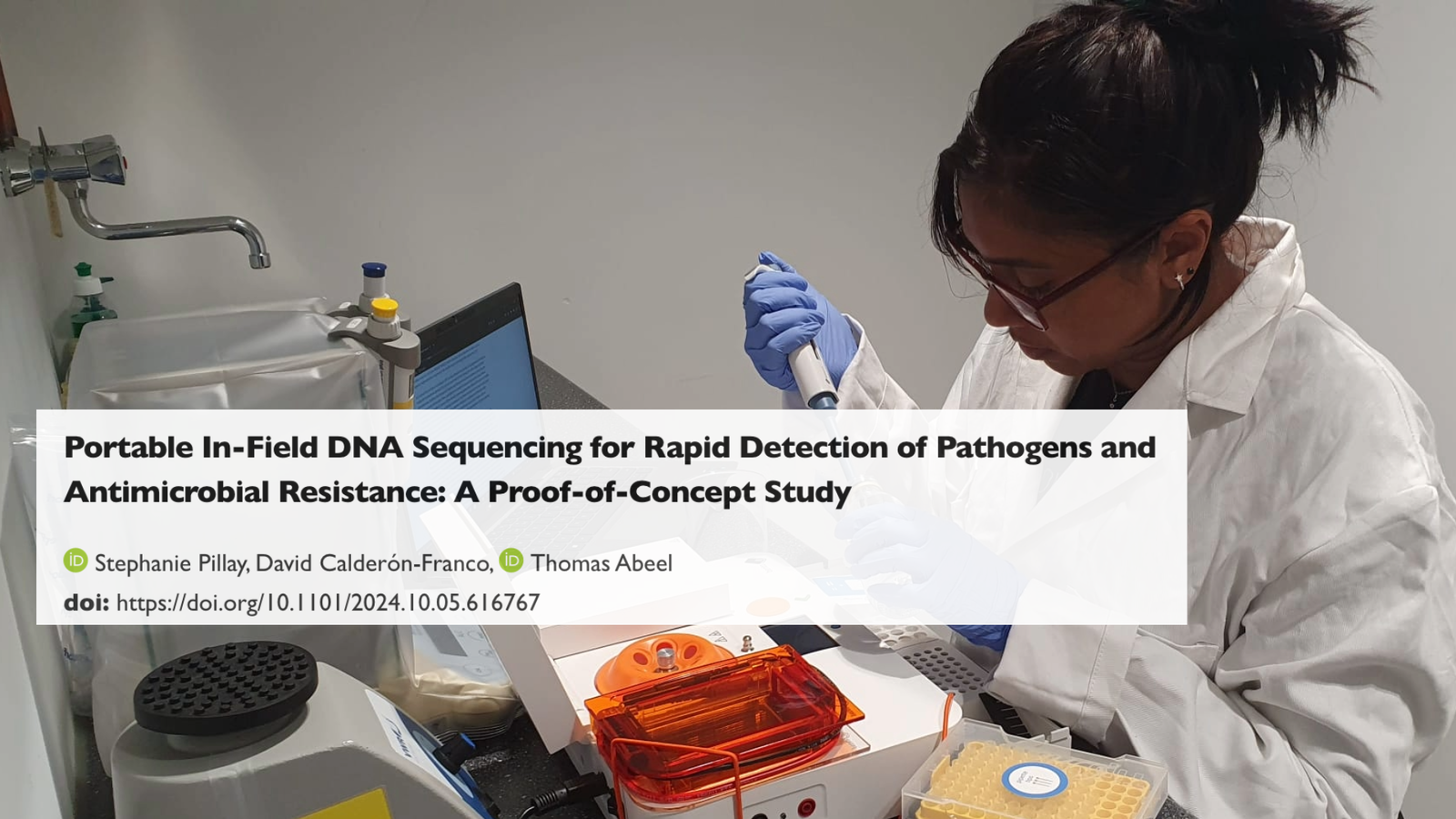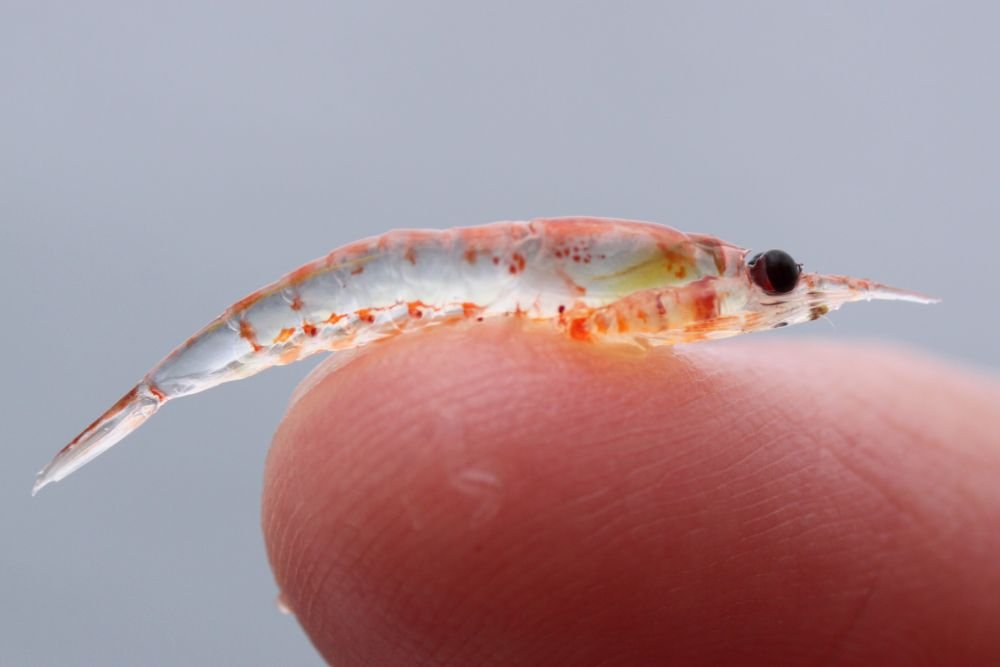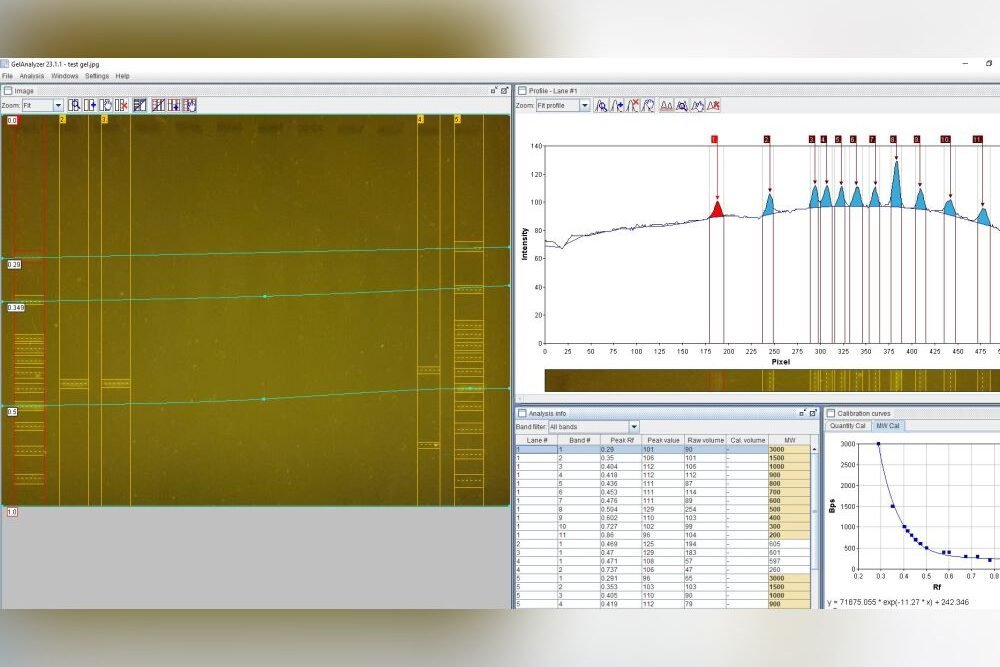Hey PCR enthusiasts,
Here are some updates from Bento Lab!
Papers we love
Pollen ID using Nanopore-Based Sequencing
For anyone interested in metabarcoding and the study of pollen (palynology), pollinators, and pollinator/plant relationships, here’s a detailed introductory article that takes you step-by-step through pollen metabarcoding using Oxford Nanopore MinION sequencing.
Palynology may seem like a niche topic, but it has many important interdisciplinary applications in allergen monitoring, aerobiology, forensics, honey quality control, paleoecology, plant/pollinator/habitat ecology, and conservation. So we thought it was great to see some guidance on how to make pollen metabarcoding workflows using MinION sequencing.
Also, we’d love to take this kind of workflow into the field with Bento Lab as part of a fully portable “pollen identification” workflow in the future!
You can find the open-access article here:
Methods and Techniques
Booster PCR
Booster PCR is a technique from the early days of PCR which aims to improve the sensitivity of PCR while minimising the production of primer dimers and other artefacts. It’s basically a two-PCR amplification using the same primers for both PCRs, but using a much lower primer concentration in the first PCR to minimise primer dimers and primer-based PCR artefacts.
Booster PCR differs from doing a “double PCR” (using the PCR product of a first PCR as DNA template in a second identical PCR), in that it uses diluted primers in the first PCR. It also differs from nested PCR in that it uses the same primers throughout, rather than a first set of primers and then a set of nested primers.
We’ve written up some notes on this technique and you can read them in our Knowledge Hub here.
We can’t guarantee that Booster PCR will work as well as other methods such as nested PCR, but in some cases it may be more convenient to use. If you think it might be useful to you, why not give it a go?
If it works for you, please let us know!
Methods and Techniques
Touchdown and Stepdown PCR
We’ve also added some notes on our Knowledge Hub about two great methods to make your PCRs highly specific and also give a good yield: “touchdown PCR” and a simpler iteration for basic thermocyclers, “stepdown PCR”. You can find the notes here.
Both methods should be useful to improve the specificity of your PCRs in general, and many of you may already be familiar with both.
Touchdown and stepdown PCR may also be useful in scenarios where you are not sure what is the optimal annealing temperatures for your PCR, for example if you’re using universal primers on a wide range of taxa that might have mismatches to the primers (and hence need different annealing temperatures); or because you’ve modified the PCR in some way to change how the PCR behaves (such as adding MgCl2).
As with Booster PCR, if you weren’t previously using touchdown PCR but are inspired to give it a try, please let us know how you get on!


